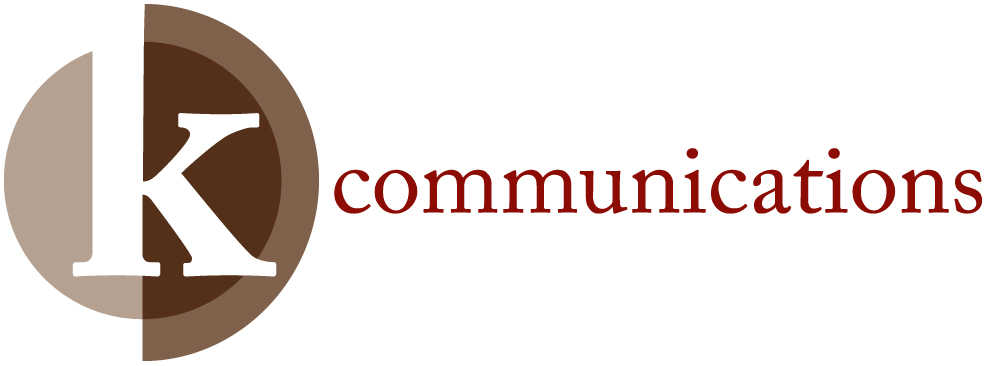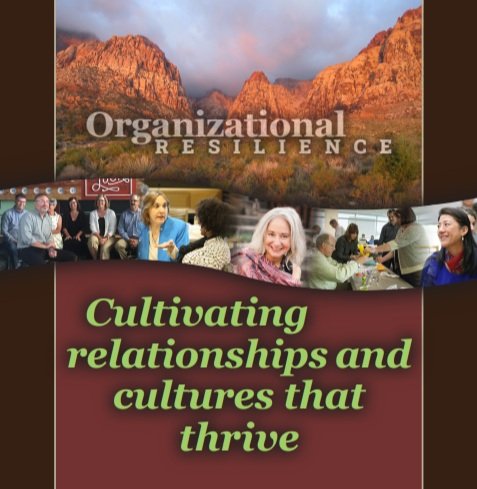What do you expect?
/Such a seemingly simple question. Yet one I see get muddied, over and over again. Expectations are ubiquitous, but it does not guarantee they are understood.
There is a trend I have been witnessing in workplaces – people are hungry for clearer expectations. I have some theories as to why that is. During times of growth and change, things can feel uncertain. In the face of uncertainty, we seek clarity and control. People want to better understand direction, priorities, and desired outcomes – especially when those things keep shifting!
Sometimes what I observe is that expectations only get clearly expressed when there has been a violation of those expectations. In other words, it becomes more apparent what we want, when we are not seeing the results we had hoped for, or when our frustrations are on the rise. We may not enjoy the experience, but our frustrations are phenomenal data points. They tell us what matters to us, and they illuminate the gap between what we want to happen and what is actually happening. Frustrations are the yellow (or red) flags that we might have a misunderstanding or misalignment that needs our attention.
Setting clear expectations is not just for when things go off the rails or when people are struggling to deliver. High performing, growth-oriented professionals want to elevate their knowledge and skills, build capacity and confidence in executing their role, and contribute to the organization’s success. When you provide the kind of guidance that helps them be successful, the impact is contagious, and the work gets momentum.
How can you help them get there?
A leader’s role is to help cultivate potential for the success of the individual, the team, and the organization. When you can paint a picture of what success looks like – for them, for the initiative, or for your customer – you help create the road map to achieving it.
The Performance Gap - Can Clearer Expectations Close it?
“Expectations … they can feel so heavy.” A recent leader expressed it felt adversarial to articulate her expectations. She shared that her team is overwhelmed and she was concerned that stating her expectations felt like she was piling on to the stress and demands of the job. But as soon as she said it out loud, she had an epiphany, “People are hungry for them! Expectations actually reduce their stress.”
This reframe gave her the inspiration to bring clarity to her direct reports in their next one-on-one meetings. She understood the, “clarity is kind” mantra. It sets the stage for a much more collaborative discussion about the scope and roles and responsibilities of the work.
The reality is that our expectations exist whether or not we articulate them. It is better to daylight what they are through regular conversations than to leave them to chance, or to only be explicit with them when problems and friction surface.
Articulating expectations might expose the gap between where someone currently is and where you would like to see them be. That performance gap is the space leaders can coach and mentor a team member’s growth.
How can you elevate your expectation-setting skills?
Getting better at articulating expectations is one of the highest-leverage leadership skills – especially in environments where people are overwhelmed, moving fast, or working cross-functionally. Here are some specific ways you can practice:
Slow down your thinking so others can catch up. Leaders often assume their expectations are clear because they are clear in their own heads! (I’ve been guilty of this). Consider pausing and get clear on:
What outcome do I actually want?
Why does it matter?
What does “good” look like?
What is “done”?
What are non-negotiables vs. flexible components?
Provide a simple, repeatable formula:
Expectations = Outcomes + Standards + Timeline + Check-Ins. For example: “By Friday I would like to see a 1–2-page draft of the problem statement, in the context of our business goals, with recommended next steps. We need this before the Executive Committee meeting, so let’s do a quick check-in on Wednesday to make sure you have what you need.”
Make expectations collaborative, not top-down. Even when you know what you want, invite people into the shaping:
“Here’s what I’m thinking, what might I be missing?”
“What feels doable?”
“What are you excited about?
“What makes you a little nervous or uncomfortable?”
Open-ended questions like these can surface blind spots, build buy-in, and increase alignment.
Add context to provide meaning. When people know why something matters, the instructions land better. “The reason this needs to be precise is because …”, or “We are prioritizing this because …”, or “This helps us avoid …” is a way to invite team members into being a part of the solution. They can contribute even more collaboratively. Context turns a task into a purpose.
Check for understanding. You can ask grounding questions like: What are the most important pieces you are taking away from our conversation? Where might you need more clarity? What obstacles do you anticipate? You are not quizzing them – you are co-creating clarity. And better to check for understanding in the moment than weeks later when things are going south.
Leadership clarity is not a one and done exercise. You can conduct ongoing “clarity audits” by supporting your team with check-ins. Does everyone know what success is? Are deadlines understood and realistic? Have expectations shifted?
Role model the behavior you want to see. You have more credibility when you deliver on the expectations of your role. When you communicate clearly, ask good questions, avoid ambiguity, and generally demonstrate personal accountability, you are setting the tone for others to follow. This reflects a kind of integrity that builds mutual trust and respect.
Where can you bring more clarity to your expectations?



